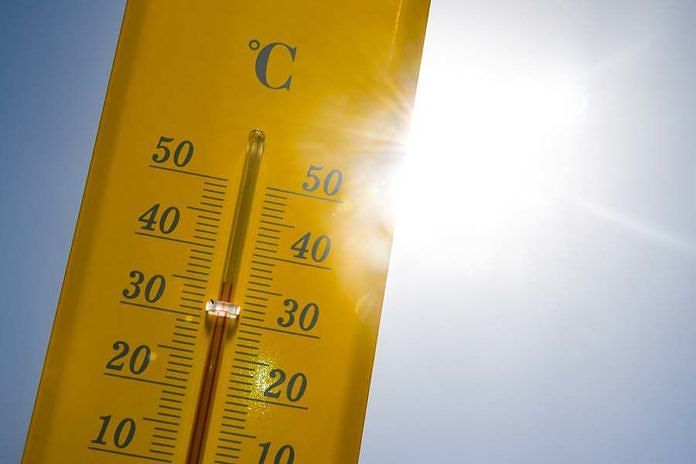
PARIS, BALIPOST.com – World temperatures rose faster in the late 20th century than at any other time in the last 2,000 years, according to research released Wednesday which experts said undermines climate deniers’ questioning of mankind’s role in global warming.
As Europe sweltered in a second record-breaking heatwave in a month, the three peer-reviewed papers offered the most detailed overview of regional temperature trends dating back two millennia.
Climate variability — the fluctuation of surface temperatures over time — has long been the subject of debate.
While average global temperatures are currently around one degree Celsius (1.8 Fahrenheit) hotter than pre-industrial times, there have been a number of periods of cooling and warming over the centuries.
This had led sceptics of manmade global warming to suggest that human activity is not the main driver of climate change.
Researchers used data compiled from nearly 700 temperature indicators, from tree rings, sediment cores, coral reefs and modern thermometer readings, to provide a comprehensive timeline of our planet’s recent climate history.
The findings are clear: at no point in modern human history did temperatures rise so quickly and so consistently as in the late 20th century — the period where the world’s post-war, fossil fuel-powered economy reached unprecedented heights of production and consumption.
The first paper, published in the journal Nature, examined regional temperature trends over time.
Scientists have long known of periods of unusual climate activity, such as the Little Ice Age, a centuries-long epoch where northern Europe experienced colder winters on average than at the start of the 20th century.
The study found that temperatures in the Little Ice Age and other anomalous periods did not rise or fall in global lock-step as had long been assumed, and varied regionally for much of the last 2,000 years.
“When we go back in the past these are really regional phenomena, but they are not global,” said Nathan Steiger, from Columbia University’s Lamont-Doherty Earth Observatory.
This is in marked contrast to current warming trends.
“Whereas in the contemporary warm period it really is global — 98 percent of the globe has this coherent warming after the industrial revolution — and that very much stands out in contrast to the climate variability that’s happened before in the past 2,000 years.” (AFP)





